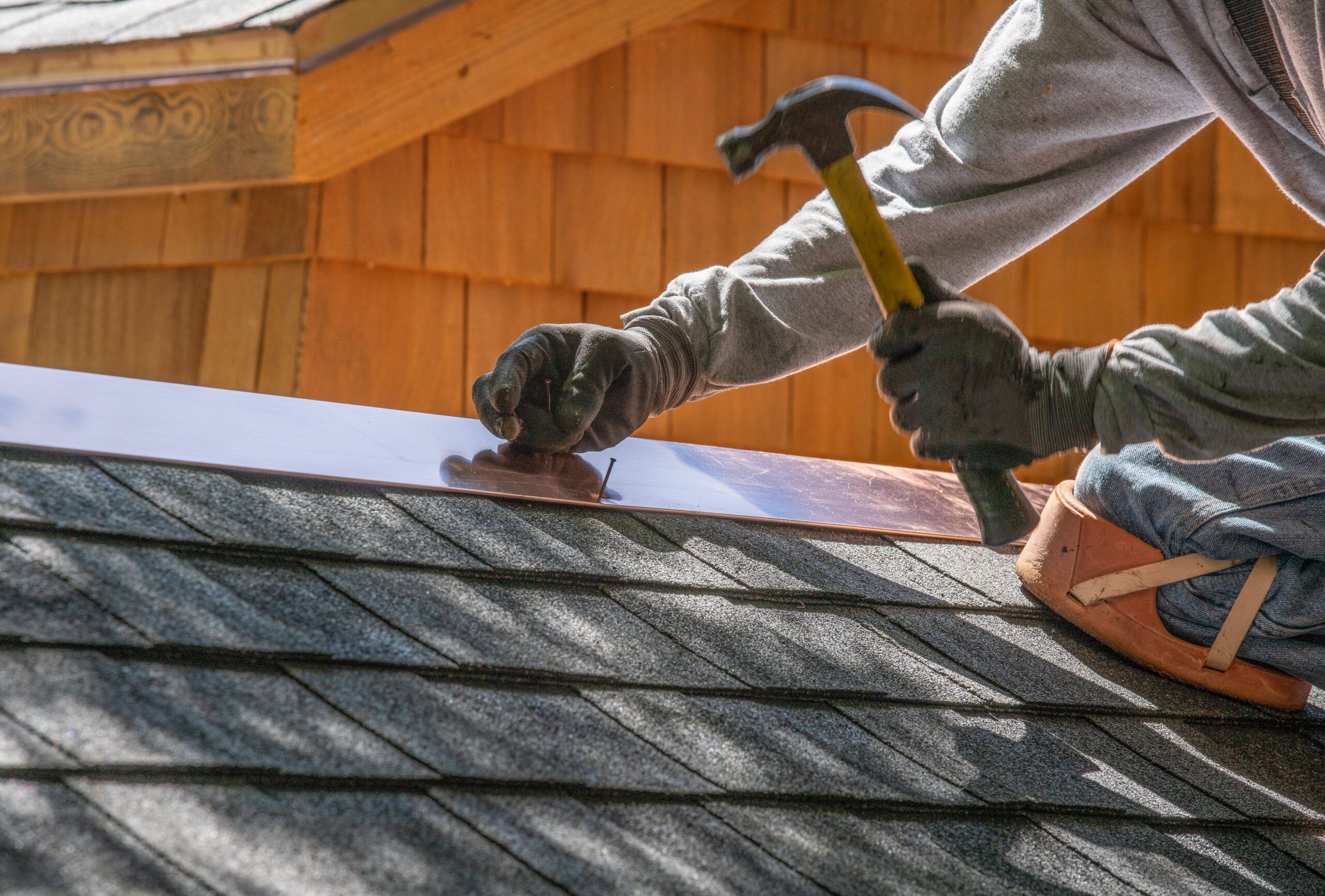
Introduction:
Roof leaks can be a homeowner’s nightmare, causing damage to both the structure and interior of the house. However, with a proactive approach, you can inspect and repair roof leaks on your own. In this guide, we’ll explore step-by-step DIY solutions to address roof leaks and safeguard your home.
Assessing the Severity of the Leak:
Before diving into repairs, it’s crucial to assess the severity of the roof leak. Inspect your home’s interior for water stains, mold growth, or any visible signs of water damage. Trace the source of the leak to the attic or crawl space to identify the affected area accurately.
Safety First:
Working on your roof requires attention to safety. Use a sturdy ladder with a stabilizer, wear appropriate safety gear such as non-slip shoes and a harness, and choose a sunny day for your DIY repair project. Safety should always be the top priority when inspecting and repairing your roof.
Locating the Leak Source:
Once inside your attic or crawl space, use a flashlight to locate the source of the leak. Check for damp or discolored areas on the wood, as these indicate water intrusion. Follow the trail upwards to pinpoint the exact location on the exterior of the roof.
Inspecting Shingles and Flashing:
Damaged or missing shingles are a common cause of roof leaks. Inspect the shingles for cracks, curling edges, or missing pieces. Similarly, examine the flashing around chimneys, vents, and skylights for any signs of damage. Damaged flashing can allow water to seep into your home.
DIY Shingle Replacement:
If you find damaged shingles, replacing them is a straightforward DIY task. Carefully lift the edges of the surrounding shingles using a pry bar and remove the damaged shingle. Install a new shingle, ensuring it aligns with the existing ones, and secure it in place with roofing nails.
Repairing Flashing Issues:
Flashing issues often contribute to roof leaks. Use roofing cement to seal any gaps or cracks in the flashing around chimneys, vents, or other roof penetrations. Ensure a watertight seal, and if the flashing is severely damaged, consider replacing it with new flashing material.
Sealing Roof Penetrations:
Roof penetrations like vents and plumbing stacks are vulnerable areas for leaks. Inspect the seals around these penetrations and apply roofing cement to any visible cracks or gaps. Ensure a tight seal to prevent water from entering your home through these openings.
Checking the Roof Valleys:
Roof valleys, where two roof planes intersect, are prone to leaks. Inspect the valleys for debris buildup or damaged shingles. Clear any debris and replace damaged shingles to maintain proper water flow in these critical areas.
Applying a Temporary Fix:
If you identify the leak but cannot immediately address the issue, applying a temporary fix can prevent further water damage. Use roofing cement or a waterproof sealant to cover the damaged area until you can complete a more permanent repair.
Consulting a Professional when Needed:
While many roof repairs can be tackled by homeowners, there are instances where consulting a professional is the wisest choice. If you have difficulty identifying the source of the leak, encounter extensive damage, or feel uncomfortable working on your roof, seek the expertise of a roofing professional.
Conclusion – DIY Roof Leak Solutions:
Inspecting and repairing roof leaks on your own is a proactive and cost-effective approach to maintaining your home. By following these DIY solutions, you can address minor issues promptly, preventing further damage and protecting your home from the consequences of a leaking roof.
For comprehensive guidance on inspecting and repairing roof leaks, visit Inspect and Repair Roof Leaks on Your Own.










